Ever wish your dog could talk? Turns out, dogs talk all the time! They use body language to communicate how they feel, what they think and even what they plan to do next. It’s up to us to interpret that body language and decide the best way to respond.
Ready to “speak Dog”? Here are four common ways that dogs communicate:

Eyes
Eyes are the window to the soul – and your dog’s emotions! A dog’s eyes can tell you when she is feeling anxious, uncomfortable or tense. This is especially important if you’re meeting a new dog, or if your dog is in an unfamiliar situation. If the eyes are large and round, with dilated pupils, it might be best to give that dog space or a quiet area to decompress.
Mouth
Yawning doesn’t necessarily mean that your dog is sleepy. It could mean that they’re stressed or feel unsafe! If your dog yawns or licks their lips, they might need to take a break in a quiet or secure area. This reminder is especially important for kids, who may what to grab their furbuddy and cuddle up for a nap.

Tail
Tails say lots of things, but they’re only one part of the story! Don’t make assumptions on how your dog is feeling just based on their tail. It would be like approaching a person based solely on how they’re holding their arms.

Greeting
It’s tempting to let your dog kiss a brand-new friend, but it’s not a safe idea. Follow natural dog etiquette and let them do polite sniffing (well, polite to dogs, anyway!) or walk side-by-side. Dogs get a better idea of each other this way, and it helps everyone avoid awkward or potentially dangerous face-to-face scuffles.
If you watch close, you can see that your dog is communicating all the time. Knowing how to “speak Dog” will help you form a close, healthy and safe relationship with your pets throughout their lifetimes.
Related Articles:
A LETTER TO MY DAD, ON MY LAST DAY – TOLD BY JUNIOR, THE SHEPHERD



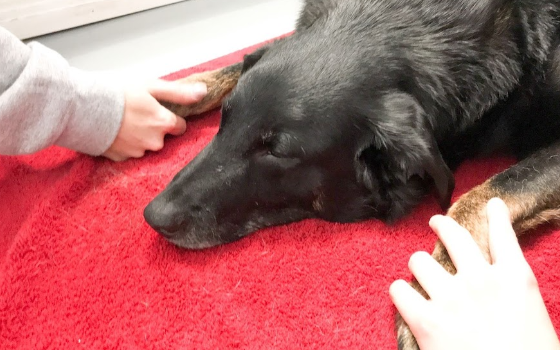
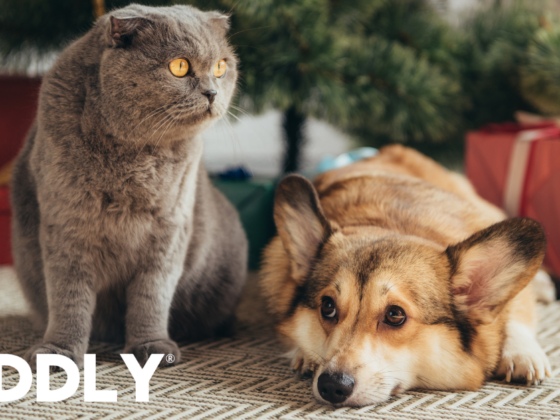
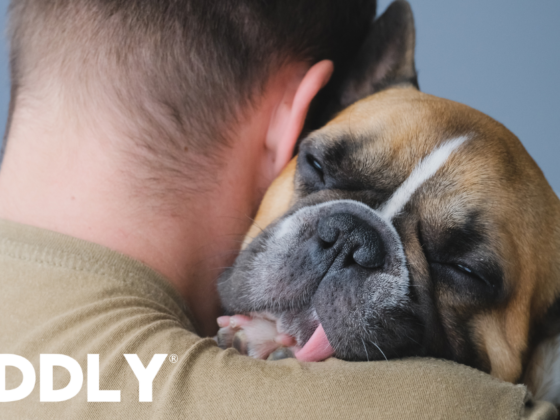
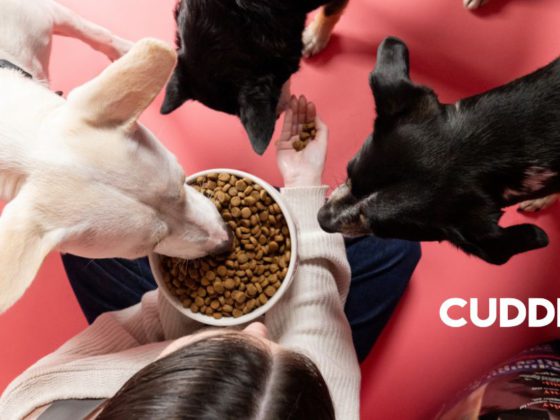
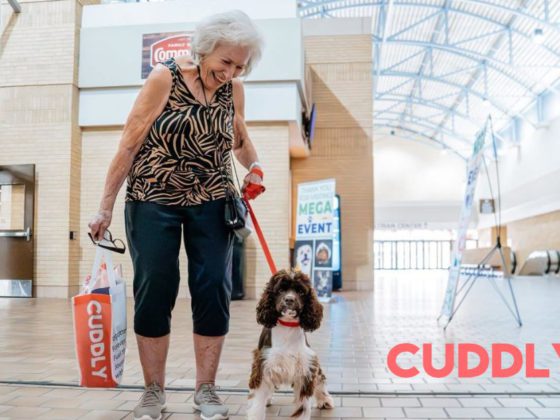

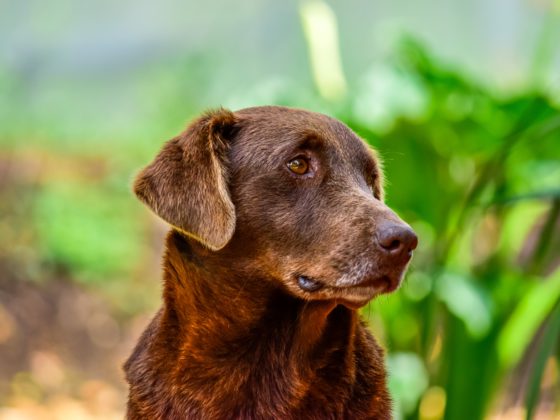
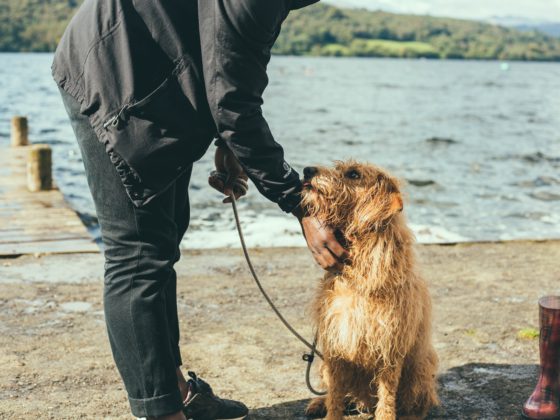



1 comment
Thank you. I found this article really helpful.
Comments are closed.